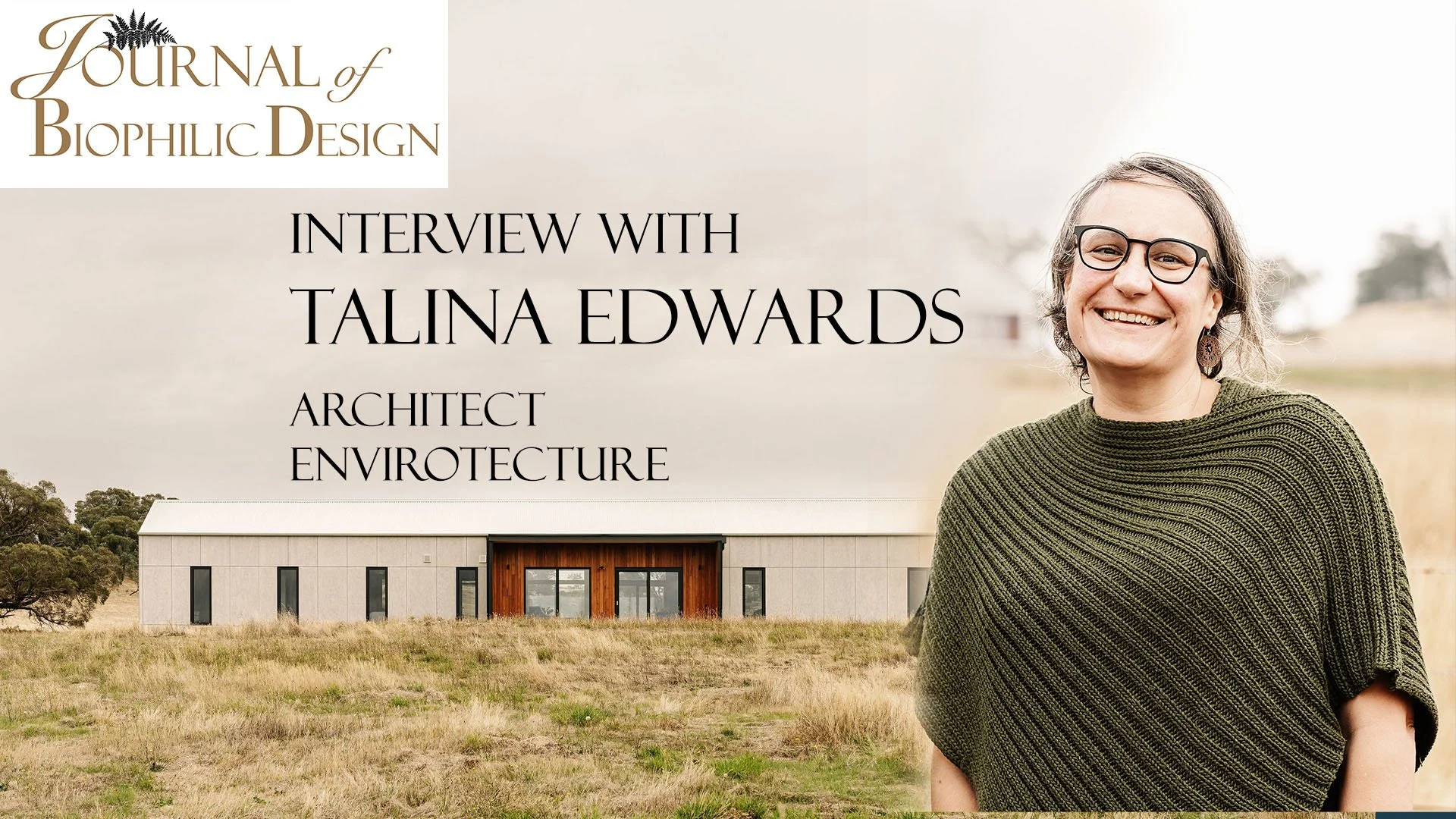In the concrete jungle of modern urban living, we've lost something fundamental: our connection to the natural world. But Biophilic Design is offering a lifeline, promising to transform our cities from sterile, energy-hungry environments into vibrant, living ecosystems that nurture both human health and planetary well-being.
We speak with Luke Engleback, who has over 40 years' experience as a designer at all scales. We talk about biophilic design, ecourbanism, biodiversity, climate change adaptation and health. Luke is a board member and former chair of the Landscape Foundation. He also sits on the Landscape Institute Policy and Public Affairs Committee, and the Midlands Design Panel, the Cambridge Quality Panel and the South Downs National Park. For Luke Biophilic Design isn't just another architectural trend. It's a radical reimagining of how we live, work, and interact with our surroundings. At its heart lies a simple yet profound understanding: we are not separate from nature, but intrinsically part of it.
Recent groundbreaking research provides compelling evidence of nature's transformative power. In Finland, a remarkable study revealed the profound impact of natural environments on children's health. Two daycare centres became an unexpected laboratory of discovery. One centre introduced forest soil and leaf litter into its play area, allowing children to get delightfully messy. The results were astonishing. Children in this natural setting developed more diverse microbiomes and, crucially, had fewer harmful pathogens compared to their peers in clinically clean environments.





